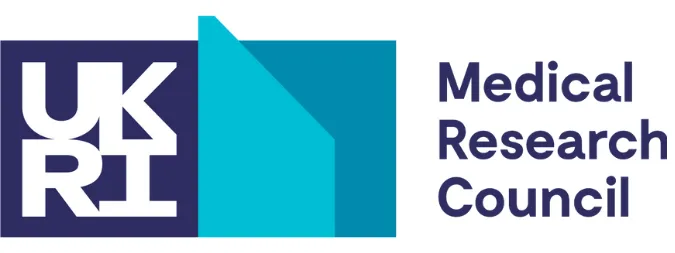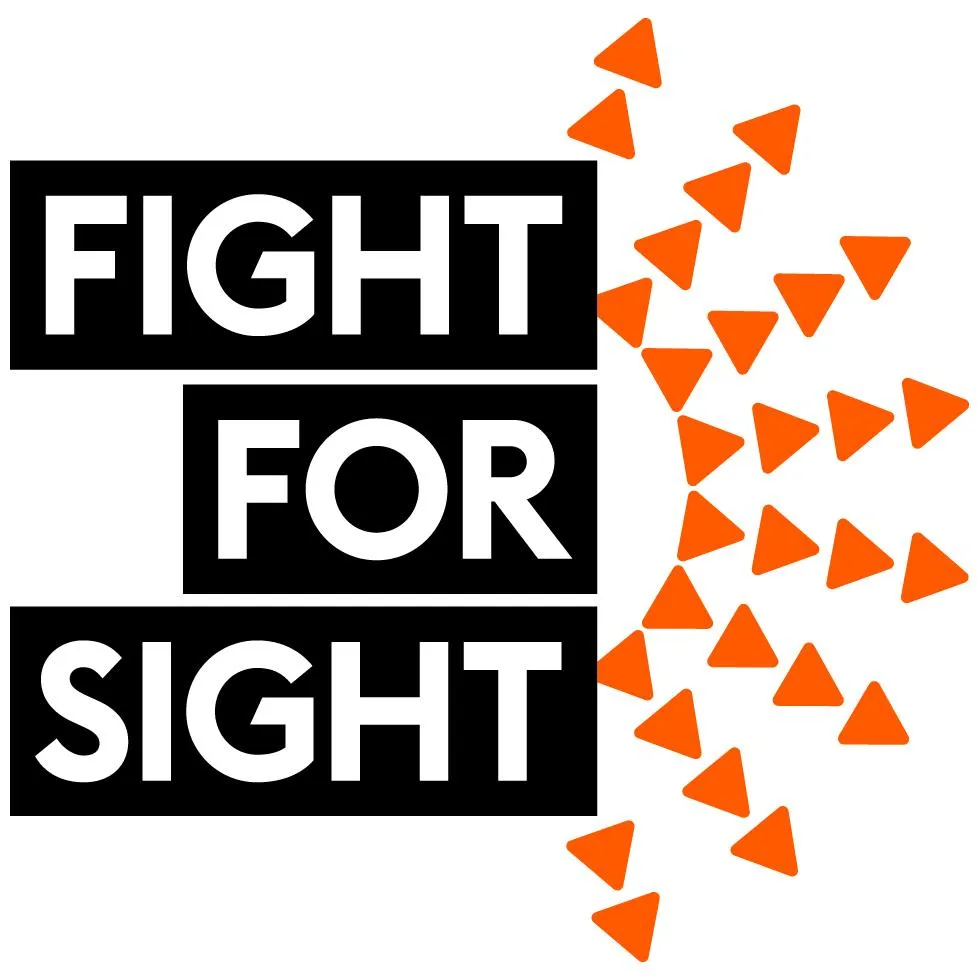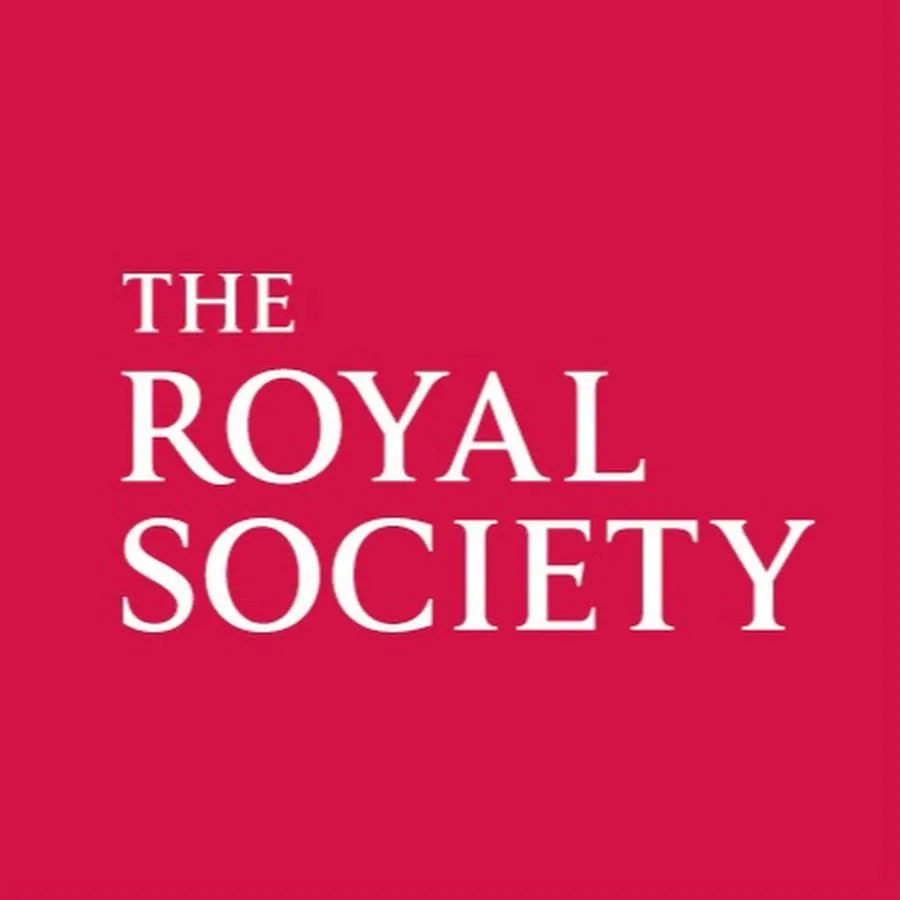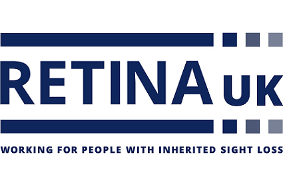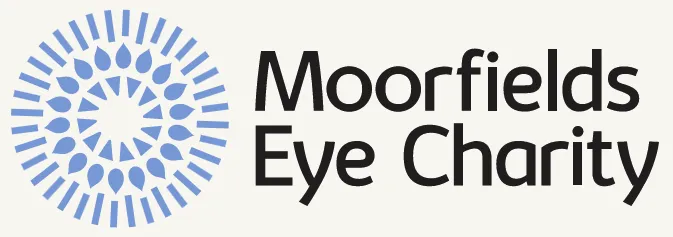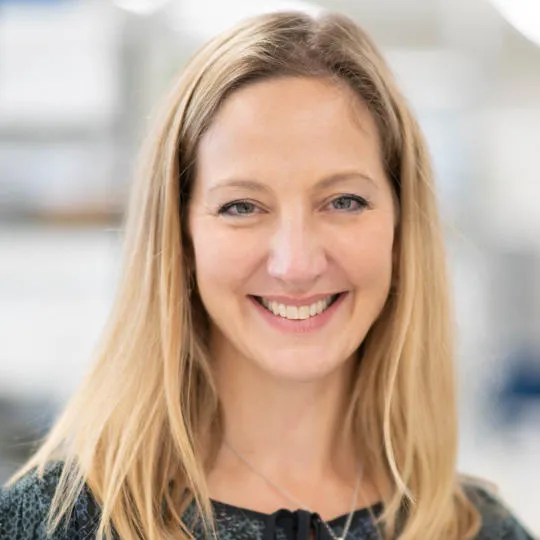The OCGT group, led by Professor Robin Ali and Professor Rachael Pearson, represents a large, coordinated research programme to develop cell- and gene-based therapies for the treatment of retina and neurodegeneration.
Sight-loss affects millions of people worldwide and has severe personal and socioeconomic consequences. We seek to understand the molecular mechanisms that drive retinal development and retinal disease conditions and harness this knowledge to develop new cell- and gene-based therapeutic strategies to restore normal visual function.
The OCGT benefits from recently refurbished laboratory space and state-of-the-art GMP Stem Cell Facilities. Professor Ali also Director of the Gene Therapy Vector Facility.
Our Partners
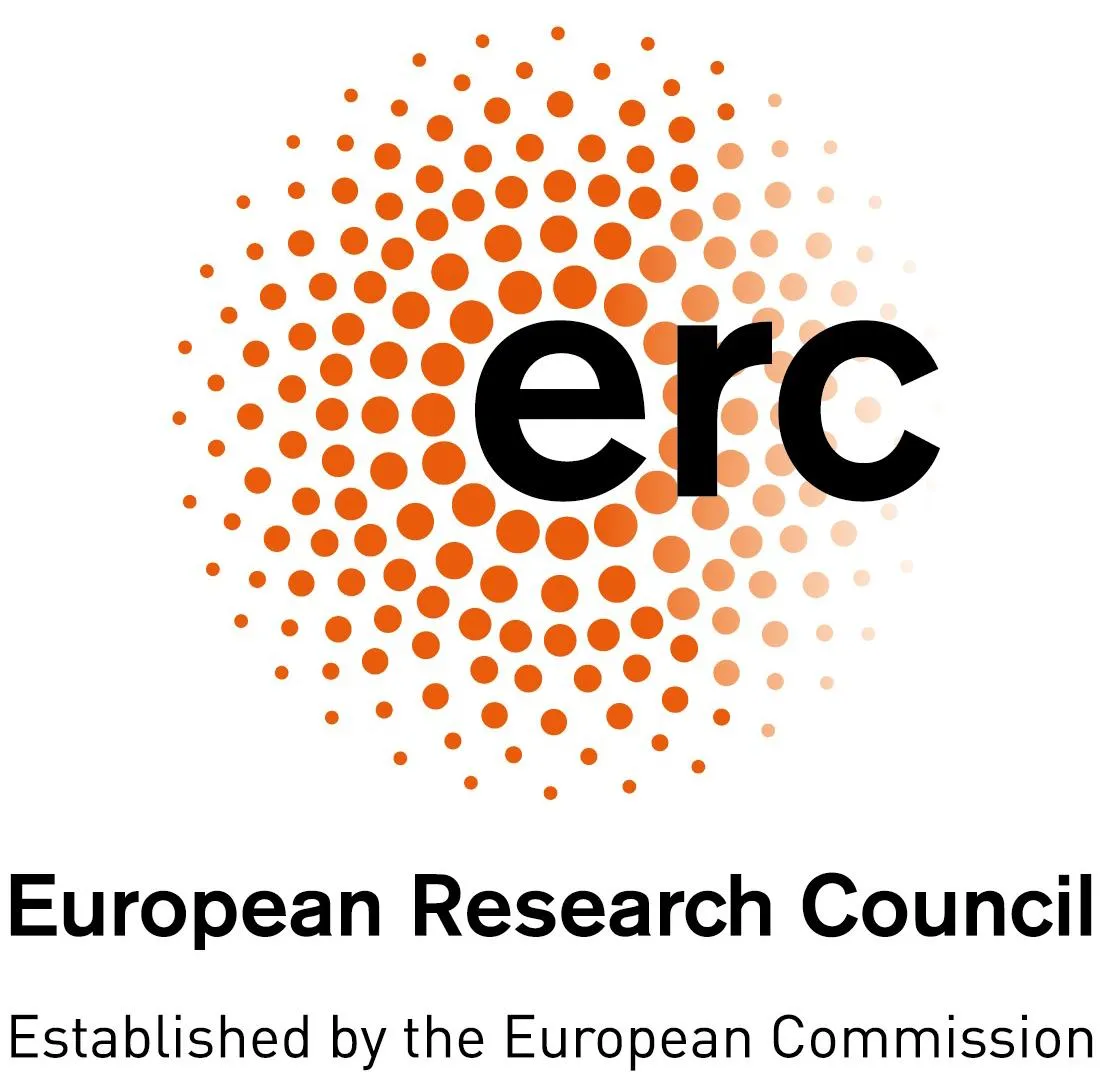
European Research Council
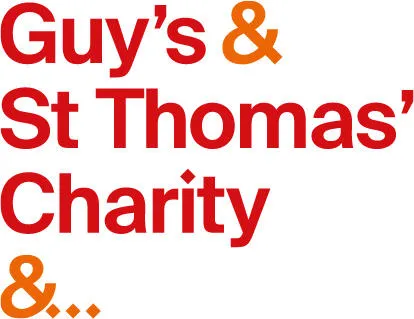
Guy's and St Thomas' Charity

